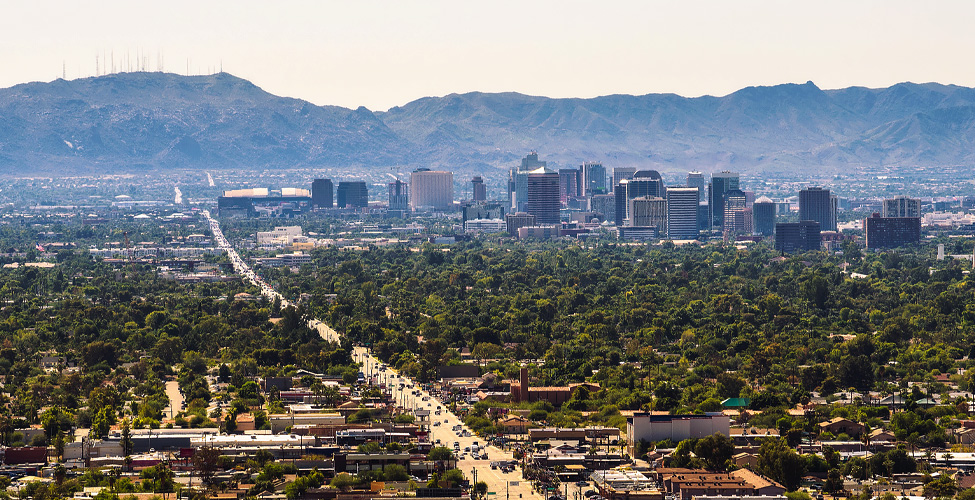A Short History of Phoenix, Arizona
In our opinion, Phoenix, Arizona, is a wonderful place to live or visit. There’s so much to see and do, not to mention the beautiful desert scenery and culture. Being the wonderful place it is now, we’ve decided to break down its rich history. And remember, if you’re visiting Phoenix, book a ride with All Valley Transportation so we can help you explore and make the most of your time during your stay.
With that said, let’s get started…
It’s hard to believe Phoenix was anything more than the beautiful city it is today, but it wasn’t always this way. It also has an early Native American history, so let’s begin there.
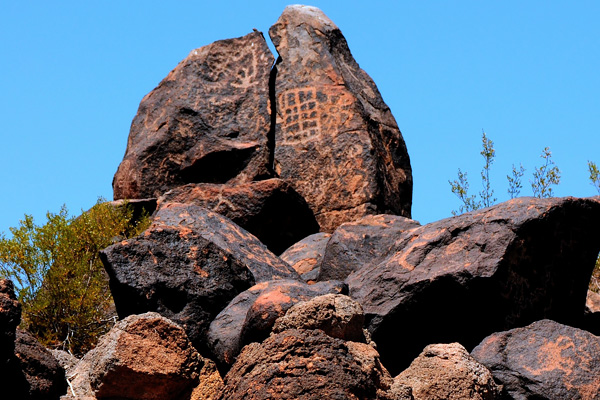
Hohokam Petroglyphs
In the beginning
The first settlers in the Phoenix, Arizona territory were the Hohokam tribe. They made the Phoenix area their home for over 2000 years and were responsible for making the Salt River Valley inhabitable. They did this by creating an irrigation system that reached over 135 miles. Some of the canals they created are still in use today.
For unknown reasons, the Hohokam tribe vanished in 1450 A.D. It is assumed they left due to an extended drought that ultimately made their decision to move on.
After the Hohokam tribe left the area, the Akimel O’odham, Tohono O’odham, and Maricopa tribes took over. They lived in smaller villages and were the first to grow their own food to survive.
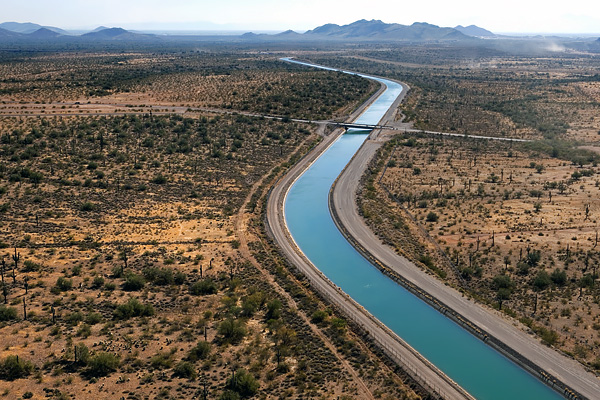
Central Arizona Project Canal
Founding years
After the early settlement, the United States took over the Phoenix area in 1848. Phoenix itself was later founded in 1867 by John W. Swilling. Swilling saw the dry soil in the area and realized the land could be farmed as it was relatively free of rocks and was far from snow and heavy frost. All that was needed was water to make it happen.
To improve living and farming, he established the Swilling Irrigation Canal Company and began digging a canal. It wasn’t long after, in March 1868, that water started to flow. This allowed them to create crops in the summer months and start a whole new life in Phoenix.

Mythical Symbol for Phoenix
The Origin of the Name
Ever wondered how Phoenix got its mythical name?
Darell Duppa is one of the settlers who was part of Swilling’s mission and is responsible for naming the city. He devised it based on the idea of a mythical phoenix rising from the ashes. He predicted the city would emerge from its past civilization ruins and grow into something magnificent.
Growth
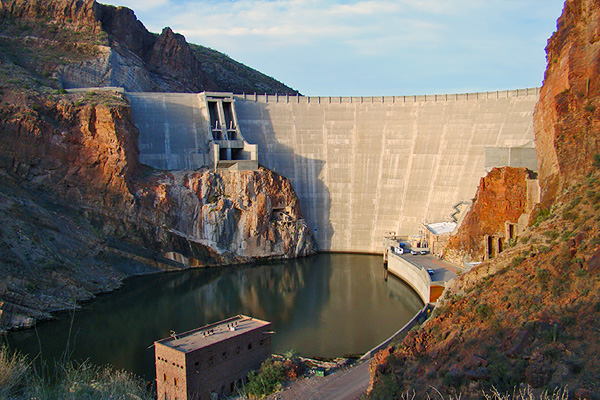
Roosevelt Dam, Arizona
February 14, 1912, was an exciting day for Phoenix.
Arizona officially became a state, and Phoenix was also named its capital. As the city continued to grow, advances in technology helped move it forward.
(Do you know what the biggest stadiums are in Phoenix? Find out here.)
In 1906, Theodore Roosevelt began work on the Theodore Roosevelt Dam, which is now part of the Salt River. This dam was essential for providing water and electricity to help power the city. At the time, it was the biggest dam in the world.
As technology grew in Phoenix, so did the population. By 1920, the city had grown to 30,000 full-time residents. 1920 also marked the year the Heard Building was developed. This iconic building stands seven stories tall and (at that time) was considered a major addition to the city.
Much of the economy’s success at the time was due to the Theodore Roosevelt Dam, which helped produce citrus, cattle, and cotton.
Curious what Phoenix looked like in the 1930s? Local channel 12 news shares some neat photos here.
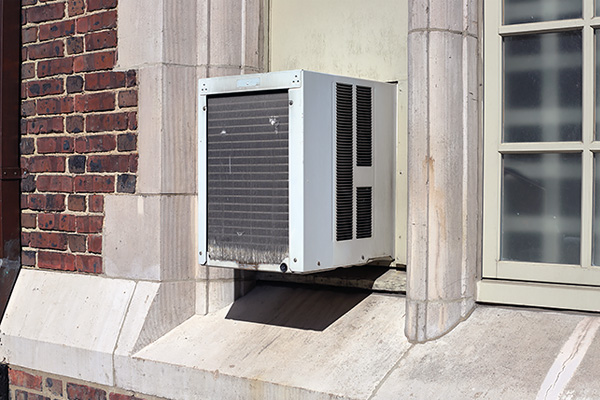
Older AC Unit in Phoenix Home
Post-World War II
At the end of World War II, Phoenix’s population continued to grow. Many of the veterans at Phoenix military bases returned with their families. They realized its potential and what a great place it was to be.
Technological advances continued to influence the economy as Phoenix became an industrial city. This was also the time when things like air conditioners became popular. Citizens quickly found an affordable way to cool homes for an even better living experience. It was also necessary, as temperatures in Phoenix skyrocket in the summertime.
1973 was also a noteworthy year as the Central Arizona Project (CAP) began construction. This project began producing a stable water supply to Phoenix, making the city a better place to live.
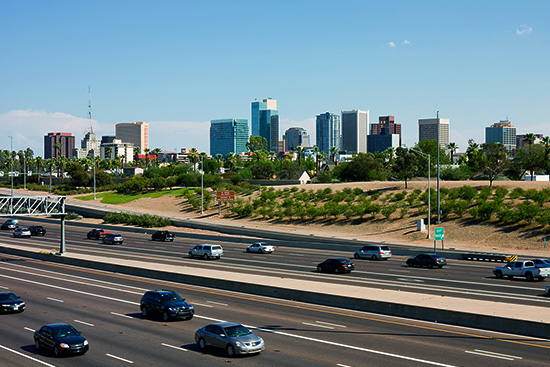
A busy freeway in Phoenix, AZ
Phoenix today
Phoenix is now a city that’s nothing short of fantastic and deserves its stellar reputation.
Today, the population is over 4.8 million. It is the United States’ fifth-largest city, covering over 520 square miles. Yet, as we look to the future, we see Phoenix continuing to grow as many people prefer it as a place to call home.
Phoenix is also a popular travel destination, with 46.7 million visitors visiting the area in 2023 alone.
10 things to do in Scottsdale, Phoenix, and Tempe »
Visit Phoenix With All Valley Transportation!
We hope you enjoyed learning about the short history of Phoenix. If you plan to fly into Phoenix, be sure to schedule your trip from the airport accordingly! All Valley Transportation is ready to help make it a breeze. We have a great group of drivers dedicated to providing the best service possible, no matter when you need it.
Did you enjoy learning about the history of Phoenix, Arizona?
Here are three more to read next:
- The 4 Major Sports Teams in Phoenix
- Golf in Phoenix: Top 5 Golf Courses
- Top 5 Conventions in Phoenix


